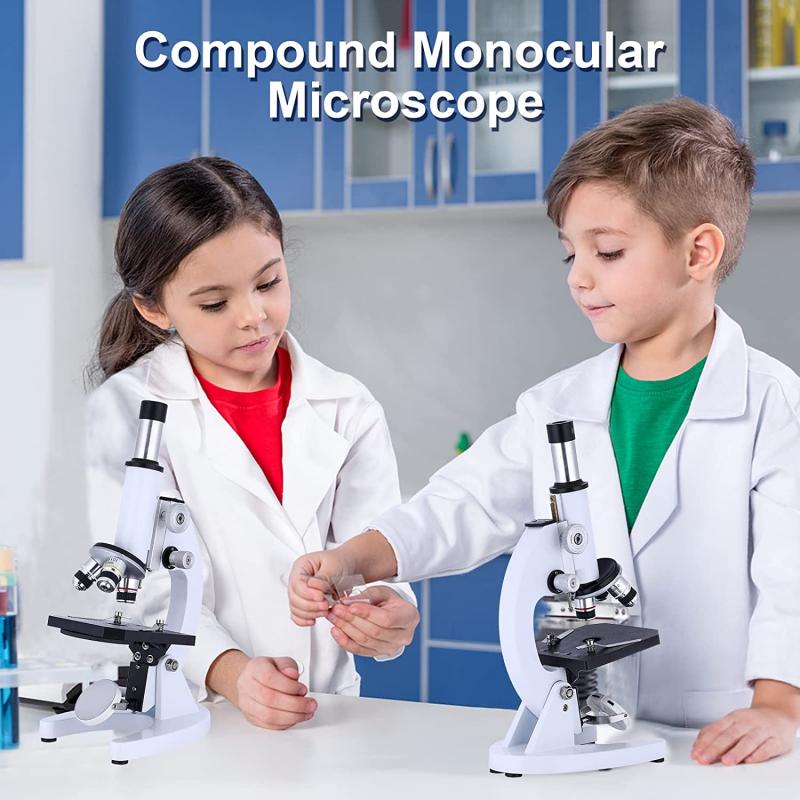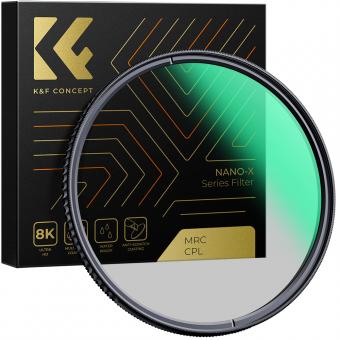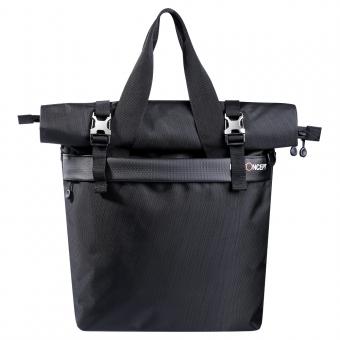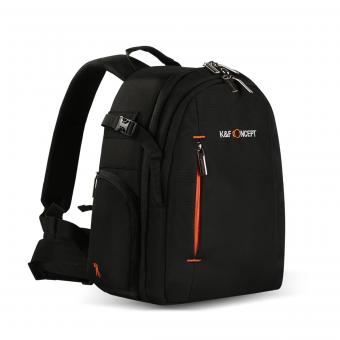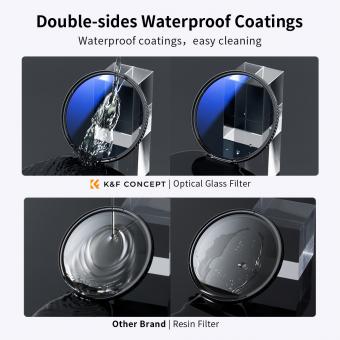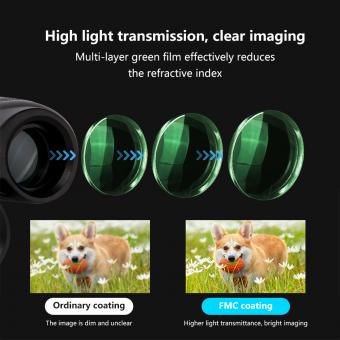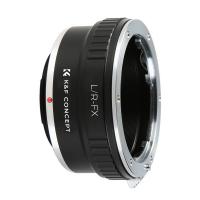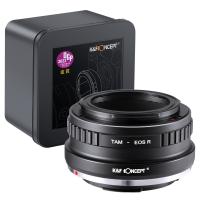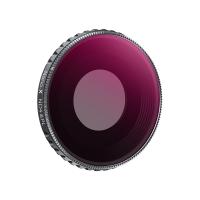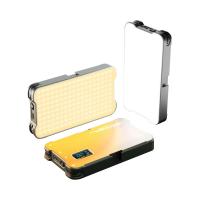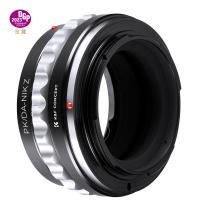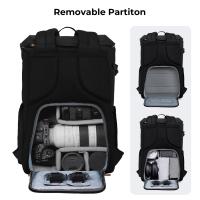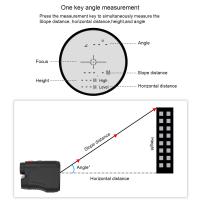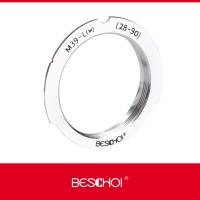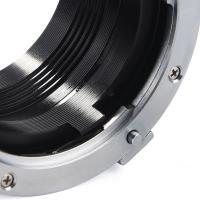How To Use Gum Media With Microscope ?
Gum media is a type of adhesive used in microscopy to attach specimens to microscope slides. To use gum media with a microscope, first prepare a clean microscope slide and place a small amount of gum media in the center of the slide. Then, place the specimen on top of the gum media and gently press down to ensure it adheres to the slide. Allow the gum media to dry completely before placing the slide on the microscope stage for observation. It is important to use only a small amount of gum media to avoid obscuring the specimen or interfering with the microscope's optics. Additionally, it is recommended to use a cover slip to protect the specimen and prevent it from drying out.
1、 Preparation of Gum Media
How to use gum media with microscope:
1. Prepare the gum media by dissolving gum arabic in distilled water and sterilizing it by autoclaving.
2. Pour the gum media into a sterile petri dish and allow it to solidify.
3. Inoculate the gum media with the microorganisms you wish to observe under the microscope.
4. Incubate the petri dish at the appropriate temperature and for the appropriate amount of time for the microorganisms to grow.
5. Once the microorganisms have grown, prepare a wet mount slide by placing a small amount of the gum media onto a microscope slide and adding a drop of water.
6. Cover the slide with a coverslip and observe under the microscope.
Gum media is a commonly used medium for the cultivation of microorganisms in microbiology. It is particularly useful for the observation of motile microorganisms, as the gum provides a viscous environment that slows down their movement, making them easier to observe under the microscope. Additionally, gum media is a simple and inexpensive medium to prepare, making it a popular choice in many laboratories.
Recent studies have also shown that gum media can be used for the isolation and cultivation of novel microorganisms from environmental samples. This is due to the unique properties of gum arabic, which can act as a prebiotic and support the growth of previously unculturable microorganisms. As such, gum media is becoming an increasingly important tool in the search for new microbial species and their potential applications in biotechnology and medicine.
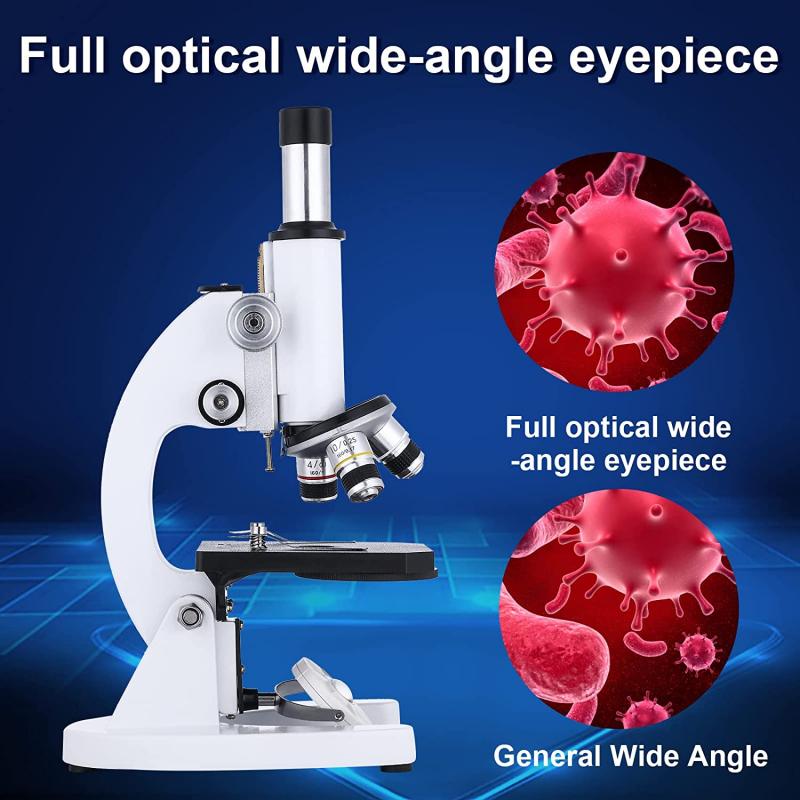
2、 Mounting Specimens on Gum Media
How to use gum media with a microscope? Mounting specimens on gum media is a common technique used in microscopy to prepare specimens for observation under a microscope. Gum media is a type of adhesive that is used to attach specimens to a glass slide. The process of using gum media involves a few simple steps.
First, prepare the gum media by dissolving it in water according to the manufacturer's instructions. Then, place a small drop of the gum media onto a clean glass slide. Next, place the specimen onto the gum media drop and gently press it down to ensure it adheres to the slide. Allow the gum media to dry completely before proceeding with further steps.
Once the gum media has dried, the slide can be placed under a microscope for observation. It is important to ensure that the specimen is properly positioned on the slide and that the slide is properly focused before beginning observation.
It is worth noting that while gum media is a commonly used mounting medium, there are other options available that may be more suitable for certain types of specimens. For example, some specimens may require a different type of adhesive or mounting medium to ensure proper observation under a microscope.
In conclusion, using gum media with a microscope involves preparing the gum media, placing the specimen onto the slide, allowing the gum media to dry, and then observing the specimen under the microscope. While gum media is a commonly used mounting medium, it is important to consider other options as well to ensure the best possible observation of specimens.
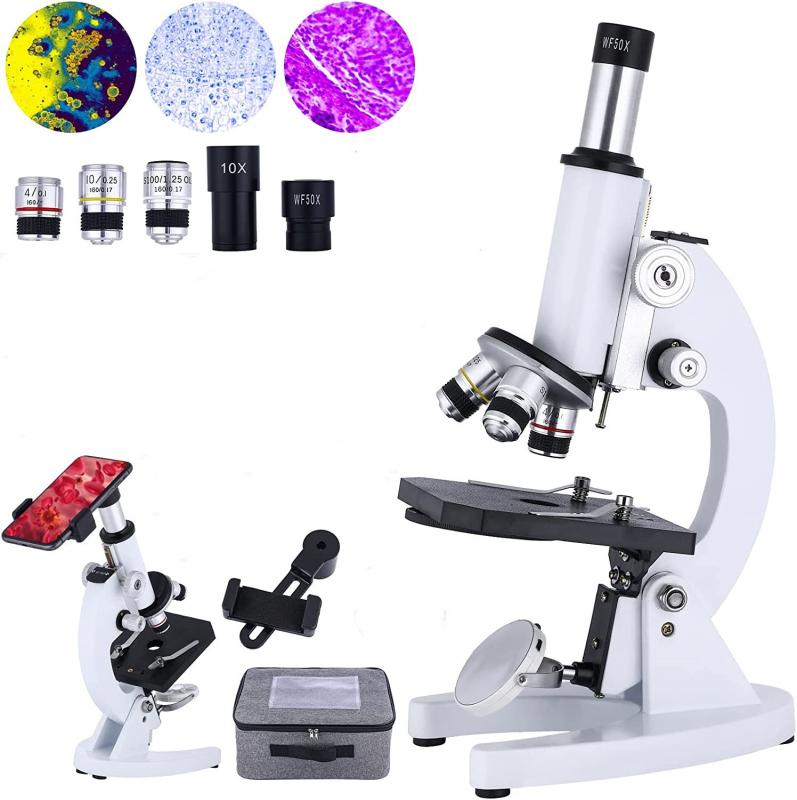
3、 Microscopy Techniques for Gum Media
How to use gum media with microscope:
Gum media is a commonly used embedding medium in microscopy. It is a natural resin that is derived from various species of trees and is used to embed specimens for sectioning and observation under a microscope. Here are the steps to use gum media with a microscope:
1. Prepare the specimen: The specimen should be fixed and dehydrated before embedding in gum media. It should also be trimmed to the appropriate size for embedding.
2. Prepare the gum media: Gum media is available in different forms, such as flakes, powder, or pre-made blocks. The gum media should be melted and cooled to the appropriate temperature for embedding.
3. Embed the specimen: The specimen should be placed in the melted gum media and allowed to cool and harden. The embedded specimen can then be sectioned using a microtome.
4. Stain the sections: The sections can be stained using various staining techniques to enhance the contrast and visibility of the specimen under the microscope.
5. Observe under the microscope: The sections can be observed under a microscope using various microscopy techniques, such as brightfield, darkfield, or fluorescence microscopy.
The latest point of view in microscopy techniques for gum media is the use of confocal microscopy. Confocal microscopy is a powerful imaging technique that allows for the visualization of three-dimensional structures in the specimen. It uses a laser to scan the specimen and produces high-resolution images with minimal background noise. Confocal microscopy is particularly useful for studying complex structures, such as neural networks or tissues. It is also useful for studying dynamic processes, such as cell migration or protein trafficking. Overall, the use of gum media with microscopy techniques continues to be an important tool in biological research.

4、 Staining and Fixation of Gum Media Specimens
How to use gum media with microscope? The process of staining and fixation of gum media specimens is crucial for their observation under a microscope. Gum media is a water-soluble, transparent, and viscous substance that is commonly used for mounting specimens on microscope slides. Here are the steps to follow for staining and fixation of gum media specimens:
1. Prepare the specimen: The specimen should be cleaned and dried before mounting on the slide. It should also be properly labeled for identification.
2. Apply the gum media: A small drop of gum media is placed on the center of a clean microscope slide. The specimen is then carefully placed on top of the gum media drop.
3. Fixation: The specimen is fixed by adding a fixative solution to the gum media drop. The fixative solution should be chosen based on the type of specimen being observed. Common fixatives include formalin, ethanol, and methanol.
4. Staining: After fixation, the specimen is stained to enhance its visibility under the microscope. Different staining techniques can be used depending on the type of specimen and the information required. Common stains include hematoxylin and eosin (H&E), Gram stain, and periodic acid-Schiff (PAS) stain.
5. Cover slip: A cover slip is placed over the specimen and gum media drop to prevent evaporation and protect the specimen.
6. Observation: The slide is then observed under a microscope, and images can be captured for further analysis.
It is important to note that the use of gum media for mounting specimens has some limitations. It is not suitable for specimens that require high-resolution imaging or for long-term storage. In addition, the use of gum media can cause distortion of the specimen due to its high viscosity. Therefore, alternative mounting media such as agarose or polyvinyl alcohol (PVA) may be used for certain types of specimens.
